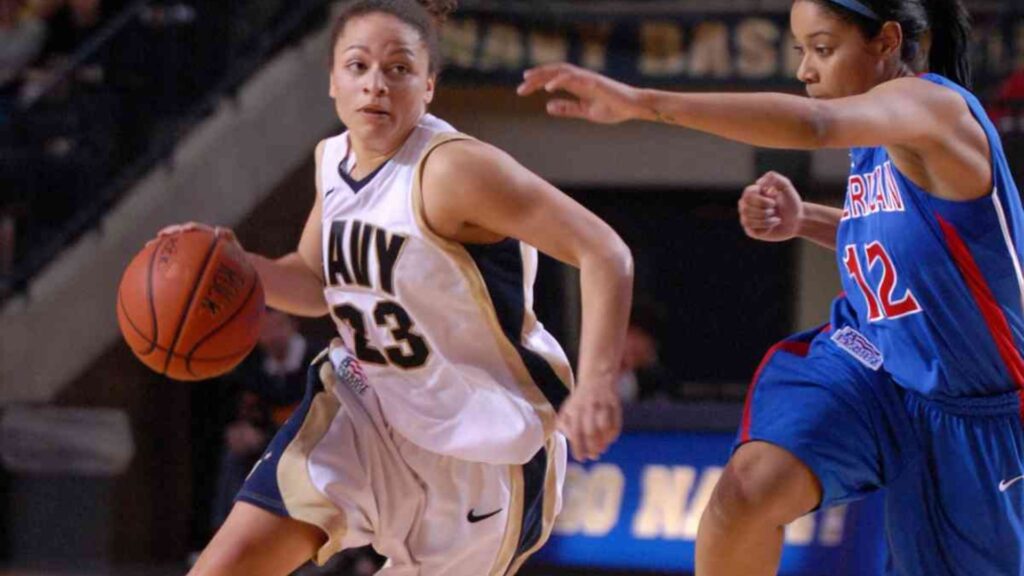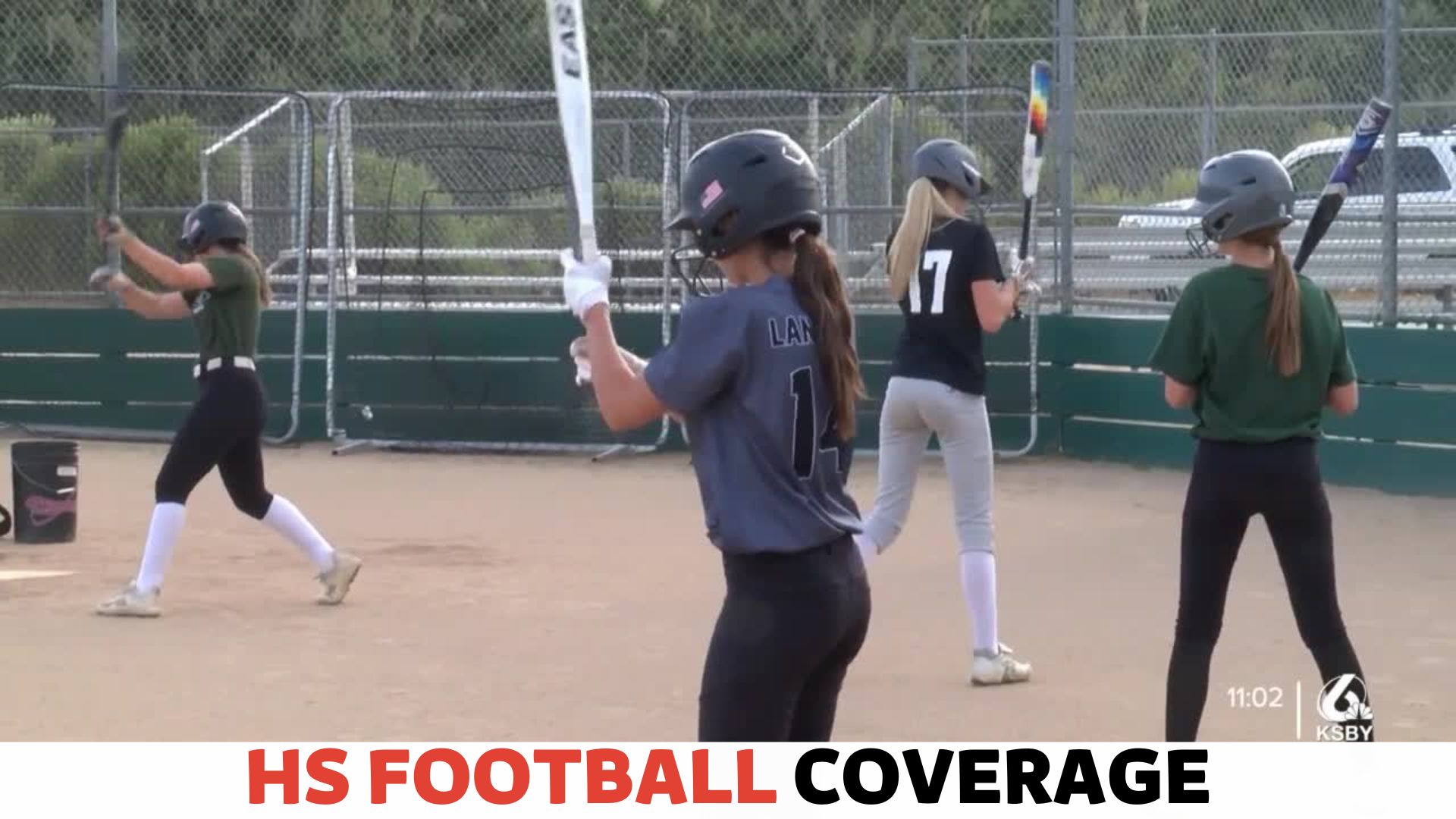
Yes, high school basketball games typically have four quarters. There are usually four separate periods of play in each game.
High school basketball games generally consist of four quarters lasting 32 minutes. Each quarter typically lasts eight minutes, resulting in a combined game duration of 32 minutes.
This format allows for consistent breaks and equal opportunities for teams to showcase their skills.
Whether it’s an intense rivalry match or a friendly game among schools, the four-quarter structure ensures an evenly paced and engaging basketball experience.
High school basketball games also follow various rules and regulations, such as shot clock restrictions and individual foul limits, to maintain fairness and keep the games exciting for players and spectators alike.
The Time Structure of High School Basketball

High school basketball is a thrilling sport that keeps fans on the edge. From the adrenaline-pumping plays to the nail-biting final seconds, every moment counts.
The time structure of a high school basketball game is an essential element that shapes the flow and intensity of the game.
In this article, we will dive into the time divisions within a high school basketball game, giving you a comprehensive understanding of how the game is structured.
Overview of High School Basketball Game Structure
The game of high school basketball is played in four quarters, each with its significance. These quarters allow for strategic planning, intense competition, and opportunities for both teams to showcase their skills. Let’s take a closer look at each quarter and what it entails:
Explanation of the Time Divisions Within a High School Basketball Game
High school basketball games are divided into four quarters, each lasting eight minutes. This time, the division ensures a fast-paced and dynamic game where teams have limited time to make their moves.
With the clock constantly ticking, every second becomes pivotal, and players must make split-second decisions.
At the end of the first and third quarters, a brief break is called the quarter break. This allows both teams to regroup, analyze their performance, and strategize for the upcoming quarter.
These breaks also allow the players to catch their breath and recharge before diving back into the intense action. The quarter breaks are crucial moments that shape the overall momentum and direction of the game.
Additionally, there is a longer halftime break where players have a chance to rest and receive coaching instructions.
This halftime break lasts around 10 minutes, providing teams ample time to discuss tactics, make adjustments, and recharge their energy for the second half of the game.
The halftime period offers a significant turning point in the game, allowing teams to reset and return stronger.
The clock continues to run throughout the game, except during timeouts and certain stoppages.
Timeouts are valuable for coaches to gather their team, provide guidance, and make important strategy changes.
Each team is allowed a limited number of timeouts per game, further emphasizing the critical nature of these breaks.
In the game’s final minutes, the clock becomes even more crucial. The pressure intensifies as teams strive to secure the victory or catch up with their opponent.
Clock management becomes a strategic element, with teams deciding whether to hold the ball, take risks, or launch a last-minute comeback attempt.
Overall, the time structure of high school basketball creates a dynamic and engaging experience for players and fans alike.
The four-quarter game format, quarter breaks, halftime breaks, timeouts, and clock management all contribute to the excitement and strategic nature of the game.
Understanding the time divisions within high school basketball allows you to appreciate the intensity and skill required to excel in this exhilarating sport.
Halves vs Quarters: Understanding the Difference
When it comes to high school basketball, understanding the difference between halves and quarters is essential. While both terms refer to the divisions of a basketball game, they pertain to different aspects of gameplay.
To understand high school basketball and its rules, we need to delve into the distinction between halves and quarters.
This article will highlight the key differences between these two terms and examine the historical context of using quarters in high school basketball.
Highlighting the Distinction Between Halves and Quarters in Basketball
In basketball, time is divided into distinct segments to ensure fair play and a well-organized match.
These segments help maintain a balanced and competitive atmosphere, ensuring both teams have equal opportunities to showcase their skills and strategies.
As the name suggests, halves divide the game into two equal parts. Each half typically lasts for a predetermined amount, such as 20 minutes in college or 24 minutes in professional basketball.
During halftime, teams switch ends to ensure no team has an unfair advantage due to varying court conditions or wind directions.
Quarters, on the other hand, divide the game into four equal periods. Each quarter usually lasts for a set amount of time, such as 8 minutes in high school basketball or 12 minutes in professional basketball.
At the end of each quarter, teams take a short break to regroup and strategize for the upcoming period.
This time division allows for more breaks and shorter game segments, preventing players from becoming too fatigued and maintaining overall game intensity.
Discussing the Historical Context of Using Quarters in High School Basketball
The use of quarters in high school basketball can be attributed to historical and practical reasons.
The decision to adopt quarters was fueled by the desire to align the game with its collegiate and professional counterparts, promoting a sense of consistency and familiarity among players and coaches.
Moreover, by dividing the game into quarters, high school basketball aims to better cater to young athletes’ physical capabilities and endurance levels.
Given the game’s high energy and physical demands, shorter quarters help prevent overexertion while allowing players to showcase their skills in shorter bursts of gameplay.
Furthermore, using quarters in high school basketball facilitates better game management and timekeeping.
With clearly defined periods, officials and timekeepers can track the game’s length more effectively, ensuring that it progresses smoothly and adheres to the designated timeframe.
Understanding the difference between halves and quarters in high school basketball is crucial for players, coaches, and basketball enthusiasts alike.
It not only helps clarify the structure and time allocation of a game but also sheds light on the historical context and practical reasoning behind using quarters in the sport at the high school level.
The Four Quarters: How the Game is Divided
In high school basketball, games are divided into four quarters, each with a unique duration and purpose.
Understanding how the game is divided into these quarters is crucial for both fans and players.
In this section, we will break down the four quarters of high school basketball and explore each quarter and any possible variations.
Breaking Down the Four Quarters in High School Basketball
A high school basketball game is divided into four quarters, each lasting a specific time. These quarters provide structure and allow teams to strategize and adjust their game plan throughout the game. Here is a breakdown of how the four quarters are typically divided:
- The first quarter: The game begins with the first quarter, commonly called the opening period. This quarter sets the tone for the rest of the game and allows teams to establish their initial momentum. Typically, the first quarter lasts for eight minutes.
- The second quarter: Following the first quarter, teams enter the second quarter, known as the second period. This quarter allows teams to adjust based on their performance in the first quarter. The second quarter also allows players to showcase their skills and contribute to their team’s score. Like the first quarter, the second quarter is also eight minutes long.
- The third quarter: After halftime, teams enter the third quarter, which is often considered a pivotal moment in the game. The third quarter allows teams to continue executing their game plan and maintain or gain momentum. It is typically eight minutes long.
- The fourth quarter: The fourth quarter is the game’s final period. This quarter is crucial as it determines the outcome of the game. Teams must give their all and make strategic decisions to secure a victory. Like the first three quarters, the fourth quarter lasts eight minutes.
Exploring Each Quarter and Any Possible Variations
In most high school basketball games, each quarter lasts eight minutes. However, the exact duration may vary depending on the league or competition rules. Some leagues may opt for ten-minute quarters, especially in more competitive games or tournament settings.
Additionally, there are instances when quarter durations vary due to specific circumstances. In certain tournaments or playoff games, the time allotted for quarters might increase for more gameplay and give teams a fair chance to recover from deficits or secure a victory.
Players, fans, and coaches must be aware of any variations in quarter durations before the game begins. This knowledge enables teams to plan their game strategy and allocate their resources effectively throughout the game.
Now that we have explored the breakdown of the four quarters in high school basketball and investigated the possible variations in quarter durations, we better understand how the game is divided and the importance of each quarter for both teams.
The Role of Timeouts and Intermissions
High school basketball games typically consist of quarters, each lasting about 8 minutes. During timeouts and intermissions, teams can regroup, strategize, and adjust their game plans. These breaks play a crucial role in the flow and dynamics of the game.
Explaining the Significance of Timeouts and Intermissions Within Quarters
In high school basketball, timeouts and intermissions play a crucial role by providing coaches with opportunities to strategize and players with chances to rest and regroup.
These breaks within quarters are not only pivotal in shaping the outcome of the match but also allow for the adjustment of tactics and the shaping of momentum.
Understanding the significance of timeouts and intermissions is key to comprehending the game’s dynamics.
Discussing How These Breaks Affect the Flow and Pace of the Game
Timeouts and intermissions profoundly impact the flow and pace of high school basketball games.
These breaks offer valuable moments for teams to reset, assess their performance, and make necessary adjustments.
Coaches use timeouts to discuss strategies, analyze opponent patterns, motivate their players, and provide feedback.
Conversely, intermissions, such as halftime, give players an extended break, allowing them to recuperate physically and mentally.
When a timeout is called, the game’s flow is momentarily interrupted, breaking the rhythm of gameplay.
This pause not only allows teams to regroup but also offers broadcasters the opportunity to provide insightful commentary and analysis.
Additionally, timeouts often serve as exciting turning points, as they can be used strategically to disrupt a dominant opponent’s momentum or to allow teams to catch their breath during intense moments.
Intermissions, on the other hand, strongly impact the game’s overall pacing. Halftime, for instance, serves as a pivotal moment for teams to modify their plans and recharge.
Players can assess their performance in the first half, identify areas for improvement, and make necessary adjustments to their plays.
This break often leads to a shift in momentum during the game, as coaches employ new strategies and players come back onto the court with renewed energy and focus.
Overall, timeouts and intermissions within high school basketball quarters significantly shape the ebb and flow of the game.
These breaks allow tactical adjustments, player rest, and strategic opportunities to change the course of the match.
Understanding their significance is essential in appreciating the intricacies and the strategies involved in this fast-paced and exhilarating sport.
Time Management Strategies for Coaches and Players
As high school basketball teams gear up for their games, time management becomes crucial for coaches and players.
The structured time format of the game, typically divided into quarters, offers great opportunities for effective planning and utilization.
This section will discuss various tips and strategies that coaches and players can implement to maximize their time on the basketball court.
Providing Tips and Strategies for Effective Time Management in High School Basketball
Effective time management is essential for a successful high school basketball team. Coaches and players must work together to create a game plan that utilizes the time structure to their advantage. Here are some tips and strategies that can help:
- Create a Game Plan: Coaches should thoroughly analyze their team’s strengths and weaknesses before each game. By doing so, they can devise a game plan that capitalizes on their strengths and minimizes the impact of their weaknesses. This strategic approach helps save time and ensures efficient use of resources.
- Emphasize Practice Efficiency: Coaches should prioritize efficient and focused practices. By organizing drills and exercises that simulate game scenarios, players can develop their skills while understanding time management within the game context. These practices improve decision-making and enable players to play quickly and effectively during games.
- Utilize Timeouts: Coaches should use timeouts strategically throughout the game to regroup and make necessary adjustments. During a timeout, coaches can communicate important instructions, review strategies, and provide constructive feedback. By effectively utilizing timeouts, coaches can help their players manage their time on the court and make the most of crucial moments during the game.
- Encourage Effective Communication: Communication is key in time management, both on and off the court. Coaches should foster an environment where players feel comfortable voicing their concerns and ideas. This open line of communication helps streamline decision-making during games and enables players to manage their time on the court effectively.
Discussing How Coaches and Players Utilize the Time Structure to Their Advantage
The time structure of high school basketball, divided into quarters, provides coaches and players with a framework they can strategically work within.
By leveraging this structure, coaches and players can optimize their performance and ensure efficient time management. Here are some ways they can accomplish this:
- Strategic Substitutions: Coaches can make timely substitutions during breaks between quarters to provide players with rest, prevent fatigue, and maintain overall team performance. These intentional substitutions allow players to manage their energy levels and maximize their effectiveness throughout the game.
- Executing Time-Sensitive Plays: Players must understand the importance of time within the game and execute time-sensitive plays efficiently. Players can take advantage of the limited time available in each quarter to score points and control the game tempo by practicing and perfecting specific plays that require quick decision-making and precise timing.
- Managing Foul Trouble: When players accumulate fouls, coaches need to make strategic decisions to ensure their players do not foul out early in the game. This requires careful management of players’ playtime and rotations to maintain a balanced team performance while avoiding unnecessary fouls.
To sum up, effective time management is crucial for high school basketball teams. Coaches and players must implement various strategies to utilize the time structure.
By creating a game plan, emphasizing practice efficiency, utilizing timeouts, encouraging effective communication, making strategic substitutions, executing time-sensitive plays, and managing foul trouble, coaches and players can optimize their performance and succeed on the basketball court.
Conclusion
To sum it up, high school basketball games do have quarters. This structure adds structure and order to the game and allows for breaks and strategic opportunities. Understanding the quarters in high school basketball is essential for players, coaches, and fans.
So, next time you watch a high school basketball game, you’ll know exactly how the game is divided into quarters. Embrace the excitement that unfolds with every quarter, from tip-off to the final buzzer!















